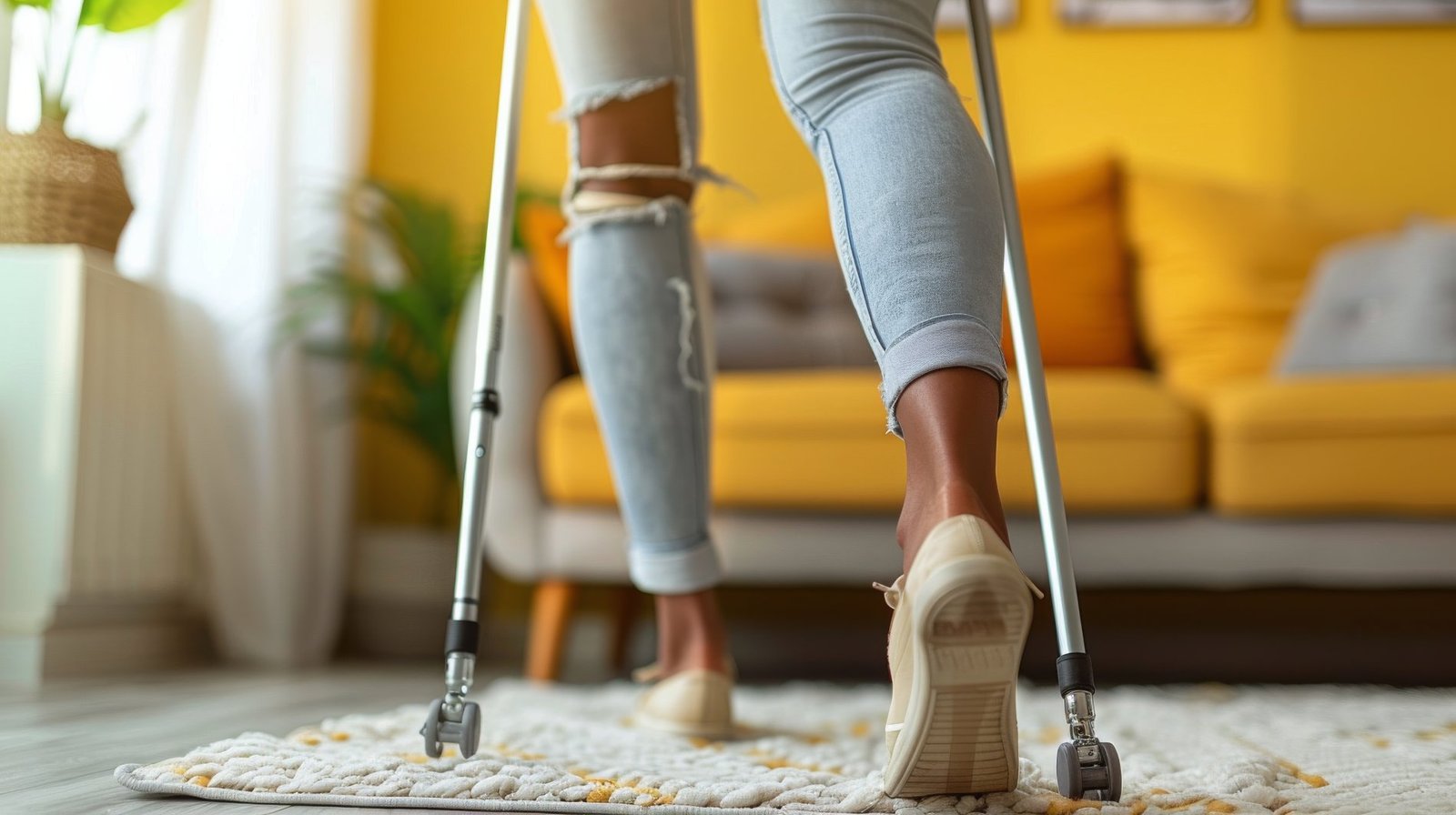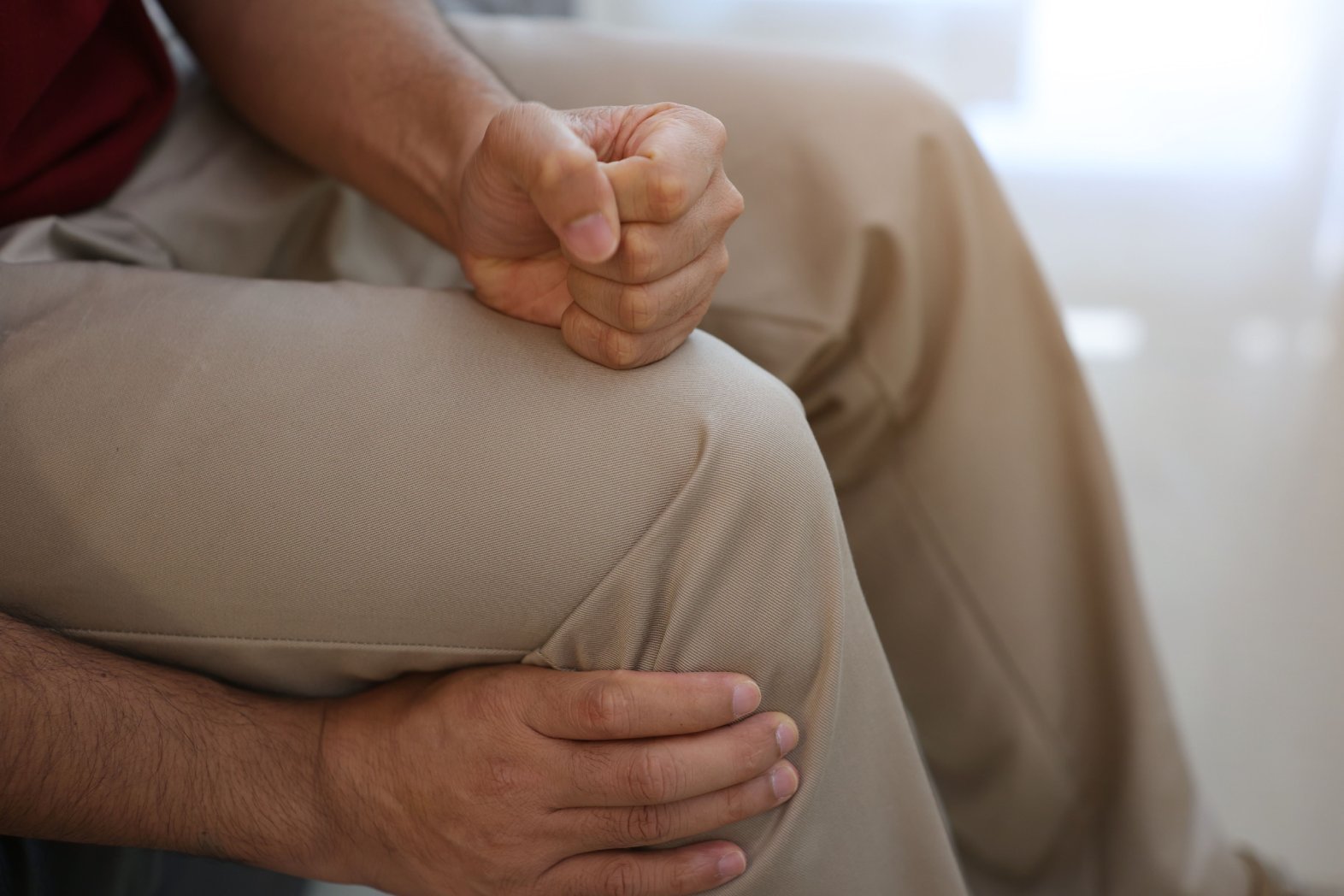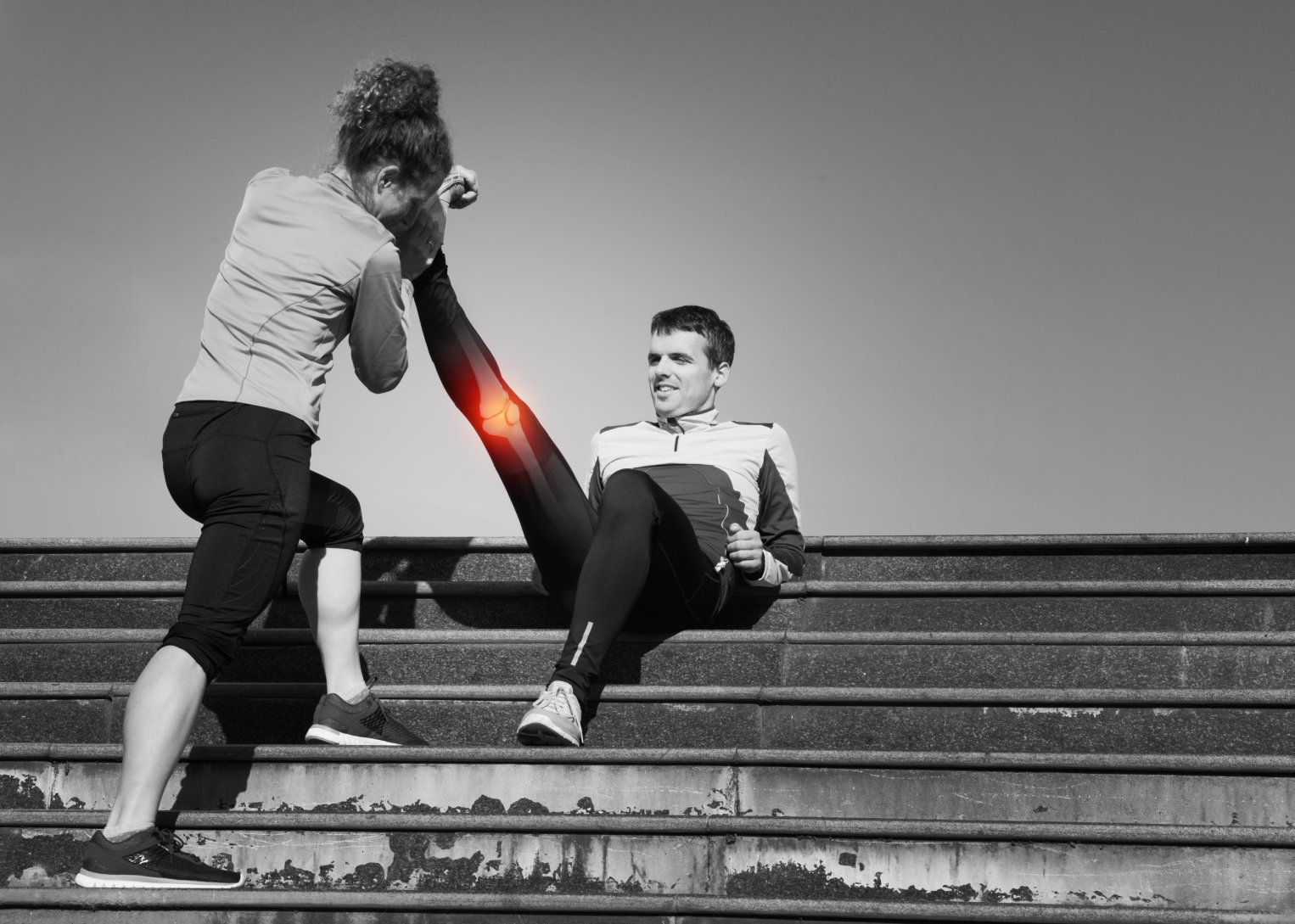Returning to Your Sport After a Foot Injury: Physiotherapy Tips for a Safe Comeback

Ever felt the sting of missing your favourite sport because of a foot injury? It can be incredibly frustrating to be sidelined, watching from the sidelines while your body heals. But fear not, athlete! There’s a path back to the game, and proper rehabilitation is the key to a safe and successful return.
Here’s where physiotherapy comes in. Physiotherapists are movement specialists trained to assess, diagnose, and treat a wide range of injuries, including those affecting the foot. They play a vital role in your recovery journey, helping you not only regain strength and flexibility but also prevent future re-injury.
So, how exactly can a physiotherapist help you conquer your comeback from a foot injury? Let’s delve into some essential physiotherapy tips to guide you on your path back to peak performance.
Start Slow and Listen to Your Body:
This might seem like common sense, but it’s crucial! After a foot injury, it’s tempting to jump right back into your sport with full intensity. However, this is a recipe for disaster. Your body needs time to heal and rebuild strength. A physiotherapist will create a tailored exercise program that gradually increases the intensity and duration of your workouts. This ensures your body adapts safely and minimizes the risk of re-injury.

Remember, pain is your body’s way of communicating. If you experience any pain during your exercises, don’t ignore it. Listen to your body and adjust the activity accordingly. Inform your physiotherapist about any pain so they can modify the program or suggest alternative exercises.
Strength and Flexibility Training:
A strong and flexible foot is essential for optimal performance and injury prevention. A physiotherapist will design a program that specifically targets the muscles and tissues weakened by your injury. This might involve exercises that focus on the calf muscles, plantar fascia, and the various muscles around your ankle joint.
The program will also incorporate flexibility exercises to improve your range of motion. This is particularly important for the ankle joint, as limited flexibility can contribute to imbalances and increase your risk of future injuries. Depending on the type of foot injury you sustained, the specific exercises will vary.
For instance, someone recovering from plantar fasciitis might benefit from exercises that strengthen the calf muscles and stretch the plantar fascia itself. In contrast, an ankle sprain might require exercises that focus on strengthening the peroneal muscles and improving ankle joint stability.
Balance and Proprioception Work:
Balance and proprioception, often referred to as your “kinesthetic sense,” are crucial for good foot health. Proprioception refers to your body’s awareness of its position in space and how your joints are moving. When these aspects are compromised, you’re more susceptible to injuries.
A physiotherapist will incorporate balance and proprioception exercises into your rehabilitation program. These exercises might involve balancing on one leg, using wobble boards or balance cushions, or even simple activities like catching a ball while standing on one leg. These exercises help retrain your body and improve its ability to react and maintain stability during movement.
Movement Pattern Analysis:
Sometimes, foot injuries can be caused by underlying movement pattern issues. A physiotherapist can analyse your gait and movement patterns to identify any imbalances or weaknesses that might be contributing to your injury. By addressing these issues, they can help prevent future injuries and improve your overall athletic performance.

For example, someone with a tendency to overpronate (excessive inward rolling of the foot) might be more prone to certain foot injuries. A physiotherapist can recommend specific exercises to strengthen the muscles that support the arch and improve overall foot alignment.
Additional Tips for Success:
Beyond the physiotherapy program itself, there are other things you can do to optimise your comeback journey.
- Proper Footwear: Wearing appropriate footwear for your sport is crucial. A physiotherapist can recommend shoes that provide the right level of support and cushioning for your foot type and activity.
- Pain Management Techniques: Techniques like heat/ice therapy can help manage pain and inflammation during the healing process. Your physiotherapist can advise you on the most appropriate techniques for your specific injury.
- Nutrition and Hydration: Maintaining good nutrition and hydration is essential for optimal healing and recovery. Eating a balanced diet rich in fruits, vegetables, and whole grains provides your body with the nutrients it needs to repair tissues and rebuild strength.
The road to recovery may not always be smooth:
Regaining your peak performance after a foot injury requires dedication and a structured approach to rehabilitation. Physiotherapy plays a vital role in this process by providing personalised guidance, exercises, and treatment strategies. By following a personal physiotherapy program created by experts at clinics like AppliedMotion Physiotherapy in Leederville https://appliedmotion.com.au/, listening to your body, and incorporating these additional tips, you’ll be well on your way to conquering your comeback and returning to your sport stronger and more resilient than ever before. Remember, a physiotherapist is your partner in recovery. Don’t hesitate to consult one for a personalized plan that addresses your specific injury and goals.
The road to recovery may not always be smooth, but with perseverance and the expertise of a physiotherapist on your side, you can overcome the challenges and get back to doing what you love. Remember, taking the time to heal properly now will not only minimise your risk of re-injury but also set you up for long-term success in your chosen sport.
So lace up your shoes (carefully!), embrace the journey, and trust the process. With dedication and the right guidance, you’ll be back on the field, court, or track, performing at your best in no time. After all, conquering a comeback is a victory in itself, and the satisfaction of achieving your goals after overcoming an injury will be even sweeter.

